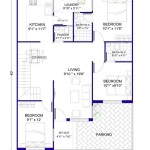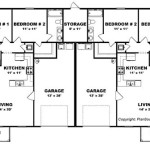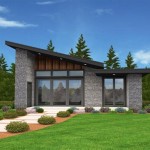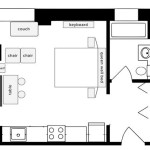Frank Lloyd Wright Home Design Plans
Frank Lloyd Wright, an iconic American architect, left a lasting legacy in the world of architecture with his revolutionary designs. His unique approach to home design emphasized harmony with nature, functionalism, and aesthetic appeal. Wright's signature style, known as organic architecture, continues to inspire architects and homeowners alike.
Wright's home designs were groundbreaking in their time and continue to be admired today for their timeless beauty and functionality. His plans often featured open floor plans, natural materials, and an emphasis on indoor-outdoor living. Wright believed that homes should be designed to enhance the lives of their occupants, creating spaces that were both comfortable and aesthetically pleasing.
Some of Wright's most notable home designs include:
- Fallingwater: This iconic residence, built in 1935, is a masterpiece of organic architecture. The house is perched on a waterfall, blurring the lines between nature and dwelling.
- Robie House: Completed in 1909, this Prairie-style home is renowned for its horizontal lines, overhanging eaves, and open floor plan.
- Taliesin West: Wright's winter home and architecture school, built in 1937, showcases his innovative use of desert materials.
- Guggenheim Museum: While not a residential building, this iconic spiral museum in New York City demonstrates Wright's architectural genius and his ability to design structures that are both functional and artistic.
Today, many homeowners are drawn to Wright's designs for their timeless appeal and their emphasis on natural materials and harmonious living. His plans offer a blueprint for creating beautiful and functional homes that connect with their surroundings and enhance the well-being of their occupants.
If you are considering building a home inspired by Frank Lloyd Wright's designs, it is essential to find an architect who understands his philosophy and can translate it into a modern-day home. A skilled architect can help you create a Wright-inspired home that meets your specific needs and reflects your personal style.
Here are some tips for incorporating Frank Lloyd Wright's design principles into your home:
- Embrace Natural Materials: Wright believed in using natural materials such as wood, stone, and glass to create a harmonious connection with nature.
- Emphasize Horizontal Lines: Horizontal lines were a hallmark of Wright's Prairie-style homes, creating a sense of balance and tranquility.
- Create Open Floor Plans: Open floor plans allow for a seamless flow between different living spaces, enhancing functionality and creating a sense of spaciousness.
- Connect Indoor and Outdoor Spaces: Wright designed homes that blurred the boundaries between indoor and outdoor living, creating a connection to nature and expanding the living space.
By incorporating these principles into your home design, you can create a space that is both beautiful and functional, a true testament to Frank Lloyd Wright's enduring legacy.

Frank Lloyd Wright Homes Design Usonian

16 Frank Lloyd Wright House Plans Ideas In 2024

Frank Lloyd Wright Home Plans Homes

Frank Lloyd Wright Inspired Home Plan 85003ms Architectural Designs House Plans

Frank Lloyd Wright Inspiration 20092ga Architectural Designs House Plans

Home And Studio Planta Primera Frank Lloyd Wright Homes Design Architecture

Frank Lloyd Wright S Plan For His House And Studio In 1889 Oak Park Loyd Houses Homes

Frank Lloyd Wright Inspired Home Plan 85003ms Architectural Designs House Plans

S First Frank Lloyd Wright House Blocked By Planning Inspector Archdaily

Frank Lloyd Wright S Usonian Homes N Design Review








